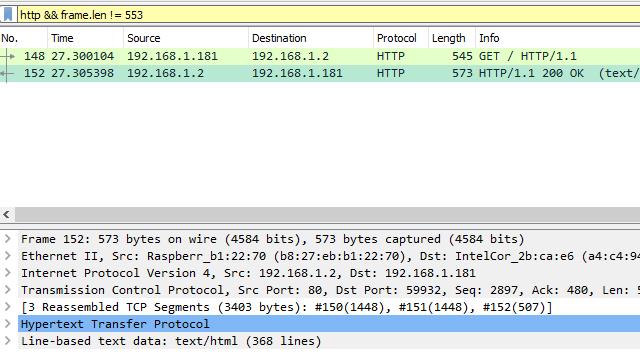

The final step to setting up the capture is to associate the Capture Buffer to the Capture Point. Monitor capture point ip cef CAP-POINT gi0/0/0 both Step 5 – Bind the Capture Buffer to the Capture Point In this example, we are going to create a capture point called CAP-POINT which will be tied to interface GigabitEthernet0/0/0 and capture traffic both in and outbound. Step 4 – Define a Capture PointĪ Capture Point is how we tell the router which interface or interfaces we want to use to capture data and also the direction of traffic flow. If the Filter and Buffer are successfully bound, the following message will be displayed: “Filter successfully applied to buffer”. Monitor capture buffer CAP-BUF filter access-list CAP-FILTER

Now that we have a Capture Filter and Buffer defined, we need to tie them together which is achieved using the following command: Monitor capture buffer CAP-BUF size 2048 max-size 1518 linear Step 3 – Bind the Capture Filter and Capture Buffer In this example, the buffer is called CAP-BUF but can be named anything you like. The next step is to define a capture buffer which is where any captured packets are stored. Permit ip any host 192.168.0.1 Step 2 – Define the Capture Buffer In this example, our access list (CAP-FILTER) is configured to match any packets sourced from or heading to the IP address 192.168.0.1. Using private IP addresses on an interface connected to the public Internet probably won’t show much. Remember to write this filter based on the interface where the capture will be applied. This takes the form of an extended list that will be applied to the capture buffer so only interesting packets are stored. The first thing we have to do is tell the router what packets we are interested in capturing. This guide will explain how to capture packets on a Cisco IOS based router and then export the captures to a TFTP for examination in Wireshark.Īll of the commands associated with configuring, running, monitoring and exporting the capture, with the exception of defining the filter access list, are entered in global exec mode. When it comes to troubleshooting a suspected network problem, taking a filtered look at packets flowing through a router can give a network engineer insight in to how that traffic is being handled and potentially pinpoint the source of the issue.


 0 kommentar(er)
0 kommentar(er)
